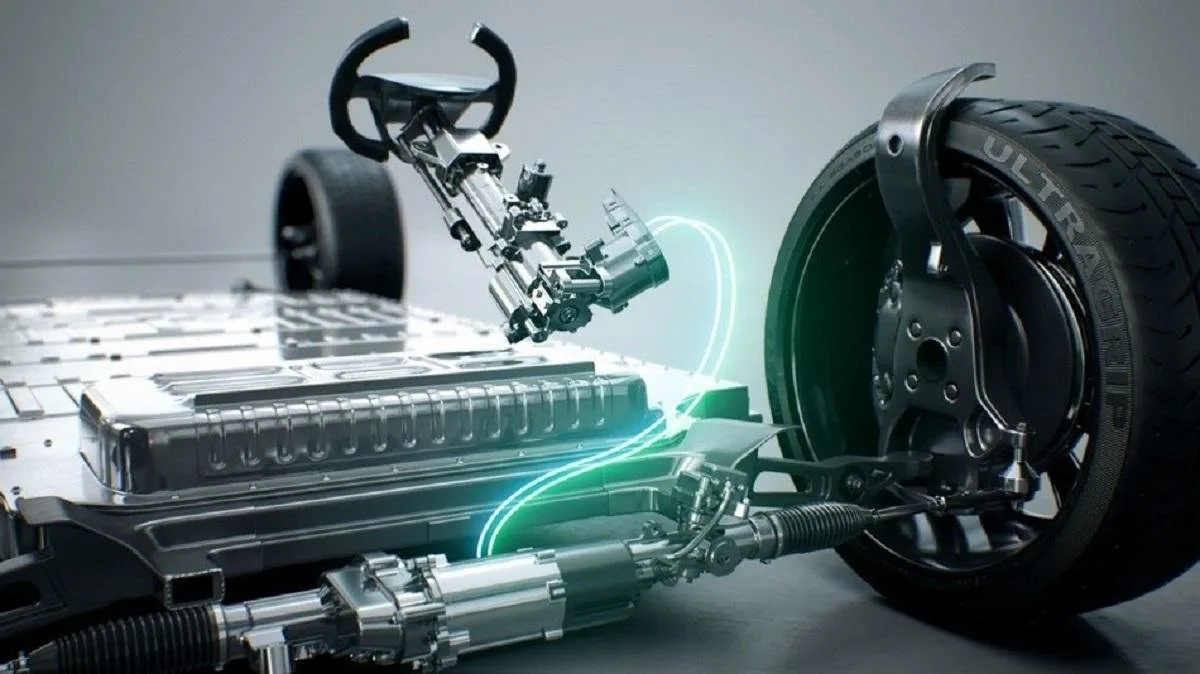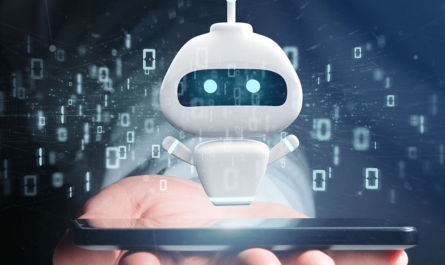The Rise of Autonomous Delivery Robots
Autonomous delivery robots have emerged as a promising technology in recent years with the potential to revolutionize the delivery industry. These robots leverage advances in artificial intelligence, sensors, and navigation systems to autonomously deliver food and packages to customers without any human supervision. Several startups are working on developing efficient autonomous delivery robots, while many restaurants and retailers are experimenting with using these robots for last-mile delivery.
The Advantages of Autonomous Delivery Robots
Autonomous delivery robots can offer numerous operational efficiencies compared to traditional delivery methods. With autonomous operation and navigation capabilities, these robots do not require a human driver and can deliver goods independently 24/7. This allows reducing labor costs significantly for delivery companies. The autonomous delivery robots also promise higher reliability as they are not subjected to human errors, distractions, or scheduling issues like traffic. They can navigate unpredictable conditions and complete deliveries as scheduled without delays.
For customers, Autonomous Delivery Robots translate to faster delivery times as these robots can travel non-stop without breaks. Customers also get real-time order tracking and alerts through the delivery mobile app. With contactless delivery options, autonomous delivery robots ensure safer deliveries during situations like the ongoing pandemic without any risk of human contact. For restaurants, they provide an affordable delivery solution to expand their reach beyond dining in without increasing overhead costs substantially. Overall, autonomous delivery holds the promise of more efficient, affordable and sustainable delivery operations.
Emerging Business Models for Autonomous Delivery
Several startups like Starship Technologies, Nuro and BoxBot are working towards developing autonomous ground delivery robots for food, grocery and package delivery applications. These bots are designed to navigate sidewalks and roads safely using a combination of sensors, cameras and navigation algorithms. They can carry 10-50 pounds of cargo and travel 2-4 miles on a single charge.
Many companies are piloting different business models around autonomous delivery robots. For example, Starship operates a robot delivery as a service model where they deploy and operate their bots for restaurants and campus deliveries. Nuro partnered with retailers like Kroger to deliver groceries autonomously in select neighborhoods. Dominos partnered with Robotics company Anthropic to pilot autonomous pizza delivery via sidewalk robots. On the other hand, Chinese startup Xiaomi unveiled its delivery robot that restaurants and shops can purchase for making autonomous deliveries themselves.
The Regulations around Autonomous Delivery
While autonomous delivery robots hold immense promise, there are still regulatory hurdles around their safe operation on public streets and sidewalks. Most countries currently do not have adequate regulations to allow autonomous vehicles without human supervision or backup drivers. In the US, companies like Starship are piloting delivery robots on college campuses where speeds and traffic volumes are relatively low. However, regulations vary across different states and cities.
In some cities like San Francisco and Washington DC, delivery robots now have explicit permissions to operate on sidewalks but under certain restrictions and safety protocols. Regulators are still grappling with issues around minimum vehicular standards, traffic rules compliance, insurance liabilities and public safety. For autonomous delivery operations to scale nationwide, supportive regulations need to harmonize across jurisdictions with clear guidelines on operation, testing and manufacturer compliance standards. Similarly, in countries like the UK and others in Europe, companies are limited to operate only in designated areas or with human operators for oversight until new laws are introduced.
Autonomous Delivery – The Road Ahead
Despite regulatory bottlenecks currently, autonomous delivery robots are gaining rapid traction as a promising solution for last-mile delivery logistics. Leading analysts predict that the autonomous mobile robot markets will grow exponentially in the coming years to become a multibillion-dollar industry. Companies are continuously improving automation, hardware and navigation capabilities of these robots through rigorous simulation, testing and real-world pilot programs. Advances in computer vision, AI and edge computing are further enhancing the ability of these robots to navigate complex urban environments safely.
As regulations evolve to accommodate new technologies, the scope of autonomous robots is also expanding beyond food and grocery delivery into applications like package delivery, pharmaceutical delivery and intra-facility transport. Many companies are working on solutions for autonomous sidewalk delivery bots as well as self-driving trucks and vehicles for long-haul cargo transportation. The pandemic has further accelerated the shift towards contactless delivery models worldwide, boosting demand for autonomous solutions. Once scale and safety challenges are addressed, autonomous delivery robots have the potential to revolutionize the logistics industry and become an integral part of future sustainable transportation and smart city infrastructures.
In summary, autonomous delivery robots leveraging advances in robotics, AI and navigation represent an emerging technological capability with exciting applications and opportunities across industries. While regulatory clearances remain a work in progress, ongoing pilots and demonstrations are indicating their technical and commercial viability to transform delivery logistics. As the technology matures further with sustained research investments, autonomous delivery holds the promise of delivering goods faster, more affordably and sustainably on a massive global scale in the near future.
Note:
1. Source: Coherent Market Insights, Public sources, Desk research
2. We have leveraged AI tools to mine information and compile it




